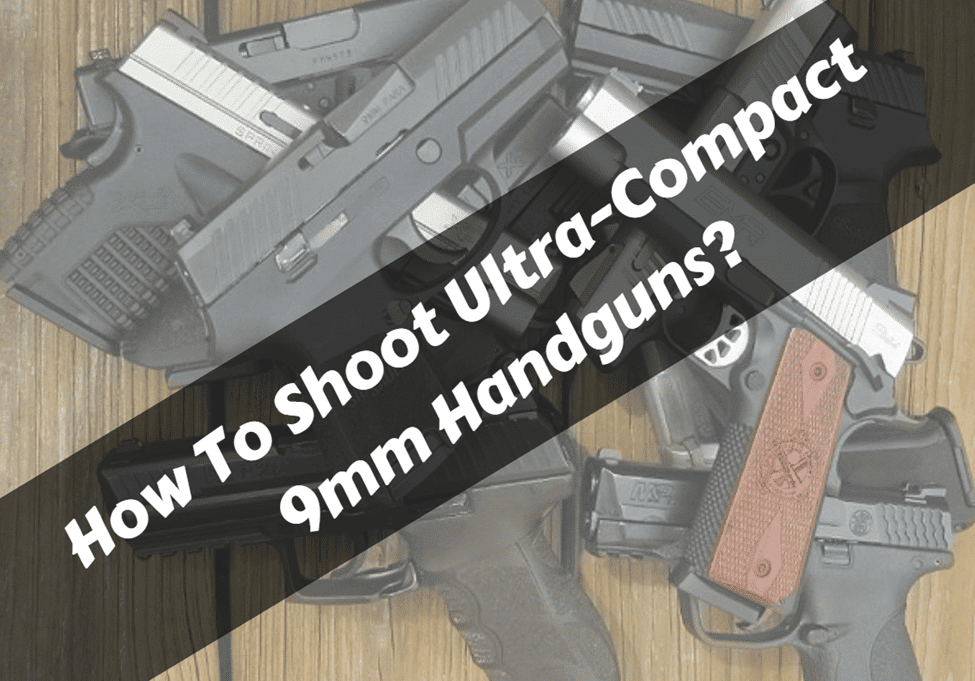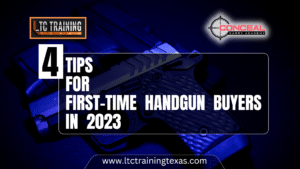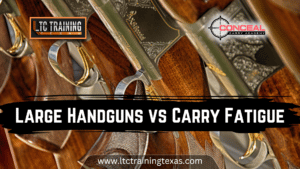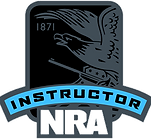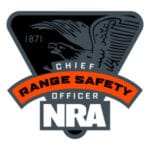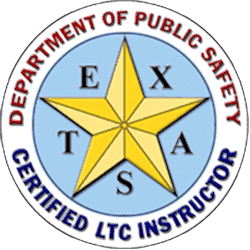Good technique is necessary to fire micro-compact handguns accurately and reliably. Now, the ultra-compact 9mm semi-automatic is the most widely purchased pistol in the United States. These small pistols have grown immensely popular due to their ease of concealment and a fair quantity of force.
Nobody wants to carry a big handgun around all day, but no one wants to attempt to save their life with a mouse gun. However, as helpful as these little handguns might be for personal defense, they are not without flaws.
How To Shoot Ultra-Compact 9mm Handguns?
The growing popularity of concealed carry has placed these ultra-compact 9mm handguns in the hands of people from all areas of life. Some are seasoned shooters, while others are not. The combination of these little handguns and a lack of shooting expertise may occasionally produce less-than-desirable outcomes regarding shooter comfort and dependability.

Power & Resistance:
The 9mm Luger is an exceptionally effective handgun cartridge. It can propel a 115-grain bullet out of even small barrels at 1100 fps. Newton taught us that every action has an equal and opposite response. And, when the 36,000 psi of pressure develops in the handgun’s chamber, one response is for the bullet to exit the barrel.
The second reaction is the repeated motion and recoil of a firearm. The pistol’s action must have a specific resistance level to enable the slide to completely compress the recoil spring, expel the empty case, and then feed a fresh cartridge into the chamber.
This resistance is produced by the shooter’s grip on the weapon. The handgun may nearly twist free if the grip is not robust enough. It may create discomfort in the shooter’s hand and hinder the handgun from cycling normally.
A Diamondback DB9 weighs just approximately 14 ounces, but its recoil impulse is about double that of a Glock 19. It, paired with the ultra-compact DB9’s significantly smaller grip area, makes the recoil more uncomfortable and the pistol more difficult to hold on to.
Grip Force:
As a result, while firing these ultra-compact 9mm handguns, the shooter must retain a firm grip and keep their wrist locked. In other words, they must neither allow the handgun to slip inside their grasp during recoil nor must they allow their wrist to rotate as a result of the recoil.
Allowing either to occur increases the likelihood of a shooter-induced halt or jam. Similarly, the shooter’s ability to rapidly return the handgun to the target for a quick follow-up shot is reduced.
Coincidentally, these ultra-compact pistols do not need more grip force and wrist strength than the ordinary person has. The typical individual should be able to take one of these tiny pistols with good practice.
However, controlling the handgun and shooting it is not the same thing. Because of the powerful recoil impulse delivered by these ultra-compact 9mm handguns, anybody considering carrying one should spend some experience firing one before making a purchase.

Mastering The Draw:
If you’re shooting at the range for fun, you may take time to get a solid and appropriate grip on these small handguns. If you do that and maintain your wrist firm, you should have no problems with dependability.
However, while drawing an ultra-compact pistol, as you may have to do during a defensive engagement due to time and pressure limits, you may not get the proper grip that is required.
Because gaining the proper grasp on these small firearms is vital to their appropriate management, you must practice establishing an adequate grip when the pistol is in the holster – just before you draw – until it becomes regular.
When you need to deliver your handgun to danger quickly, you won’t have to alter the grip before shooting, and you’ll be able to manage the weapon to avoid malfunctions correctly.


